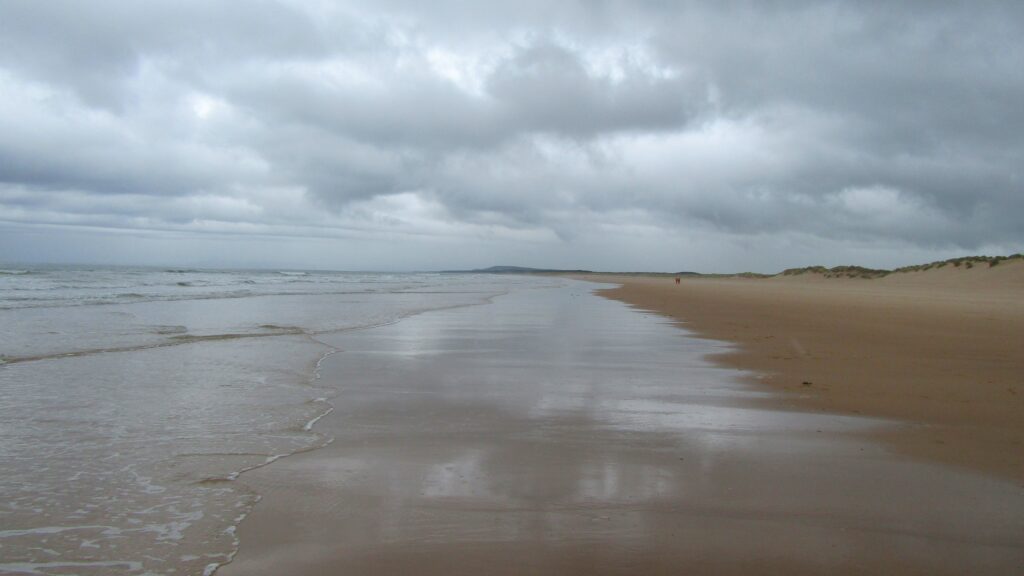Wildlife on The GReat British coast
The relatively small island boasts an almost never ending coastline, in a myriad of isles, coves, bays, beaches, cliffs and estuaries. While it may be uncommon knowledge, pods of dolphin, orca, migrating whales and ever-growing seal colonies, amongst throngs of seabirds, including puffin, mean British waters are blessed with an abundance of marine and bird life.
Seals
I first encounter seals was unintentionally, after stumbling upon a seal colony in New Zealand. Since then, I have developed a fascination with pinnipeds. When I arrived back in the UK, I discovered we have a huge population of seals, and these can be found in colonies in various locations on the coastlines of England, Northern Ireland, Scotland, and Wales.
I have now seen seals across three different continents, and I never get bored. The great thing about seals is, when on land, it is easy to observe them. They lay content as long as you keep a safe distance – of at least five metres, but more if they are with pubs. Don’t be fooled, these cute creatures can deliver a painful bite.
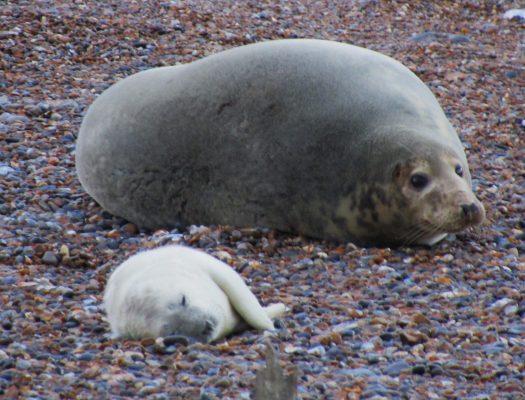

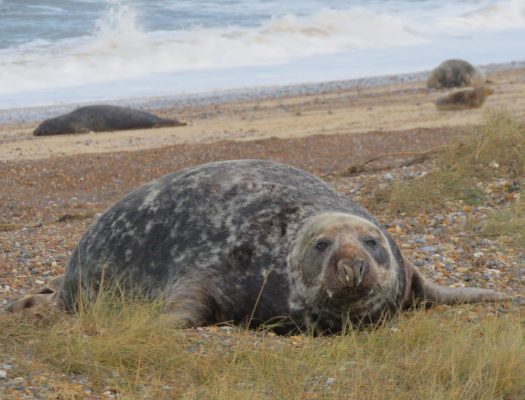
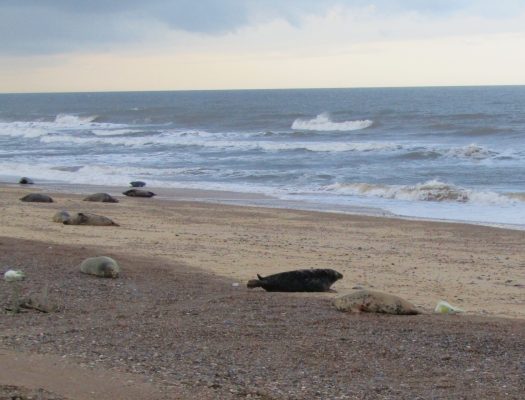
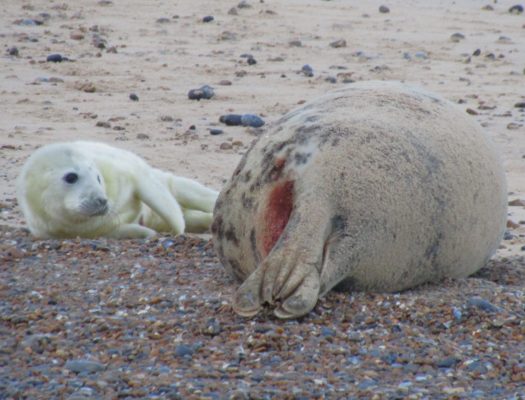
Blakeney Point
There are two areas in North Norfolk to observe burgeoning seal colonies on the coast: Blakeney Point and Horsey Gap. Both areas are protected in November and December, when the huge grey seals give birth to their cute white pups. The exact timing varies each year.
There are now thousands of grey seal pups being born there every year. The white pups draw the crowds. They keep their white coats for around three weeks, then they are weaned off from their mothers around a week later. They can triple their weight in that time. We managed to spot some newborns at Blakeney Point in mid-November.
A new born pup and mum.
Both are pretty cute.
Seals gracefully traipsing across the sand.
Mutton Cove, Cornwall
A short walk on from Godrevy Point, near St. Ives, allows a birds-eye view of a grey seal colony. When approaching the cliff edge, you will likely hear the seals before you see them, as they call out from the beach below. The view point is at a decent elevation, so if you want a closer sight, take some binoculars or a camera with a decent zoom. And the edge of the cliff is treacherous in windy weather – stand back.
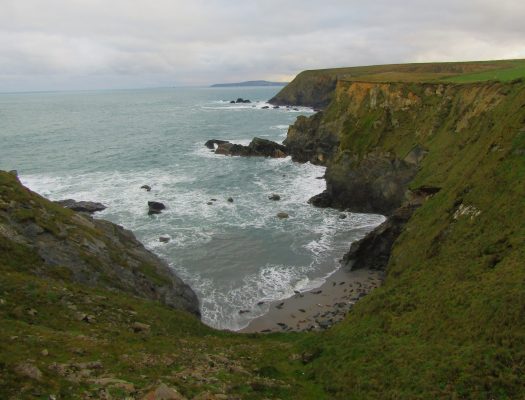
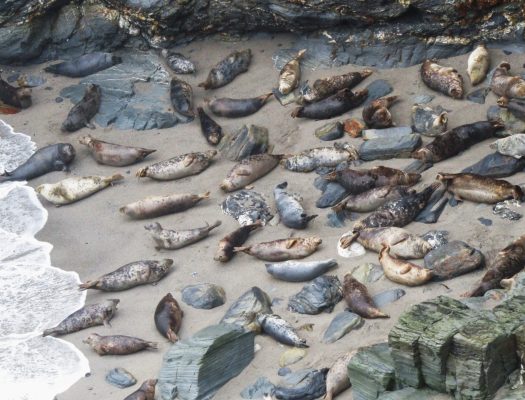
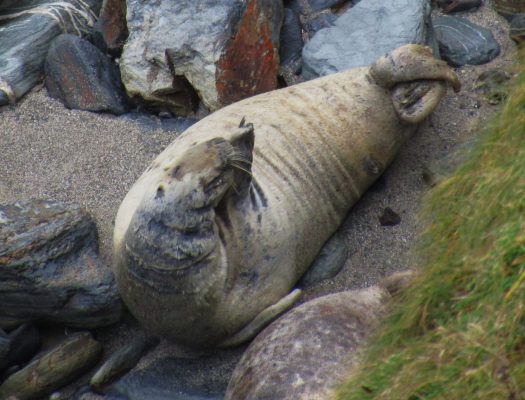

Puffins
These tiny seabirds – arguably Britain’s most iconic – can fly and swim. Their bright and colourfully striped beak makes them stand out amongst the countless other seabirds. Puffins range from Scotland, through Wales, to Devon in the South. I spotted them below the lighthouse, at Holyhead on Anglesey, Wales.

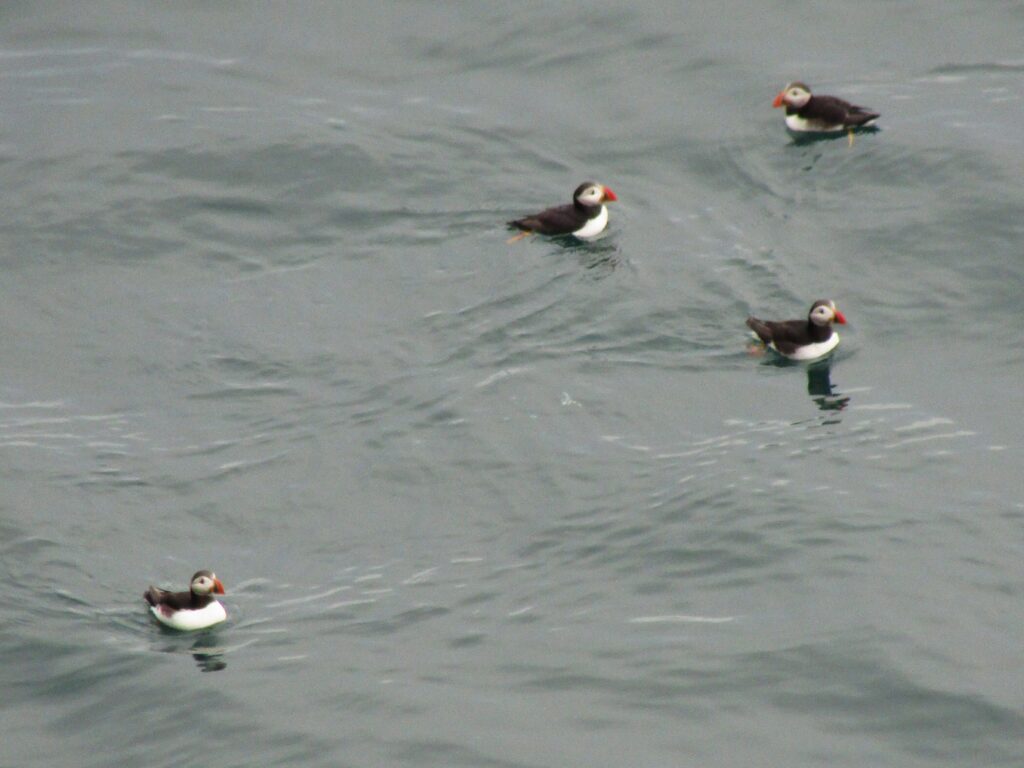
Dolphins
Moray Firth, near Inverness. is known for dolphins. It is also possible to see them from the coastline all over the British Isles. My first sighting of dolphins in Britain was on the northern Scottish coast between Inverness and Buckie – they swam in the waves not far from the beach. Also spotted in the region are orca, while whales are known to swim through British waters.
